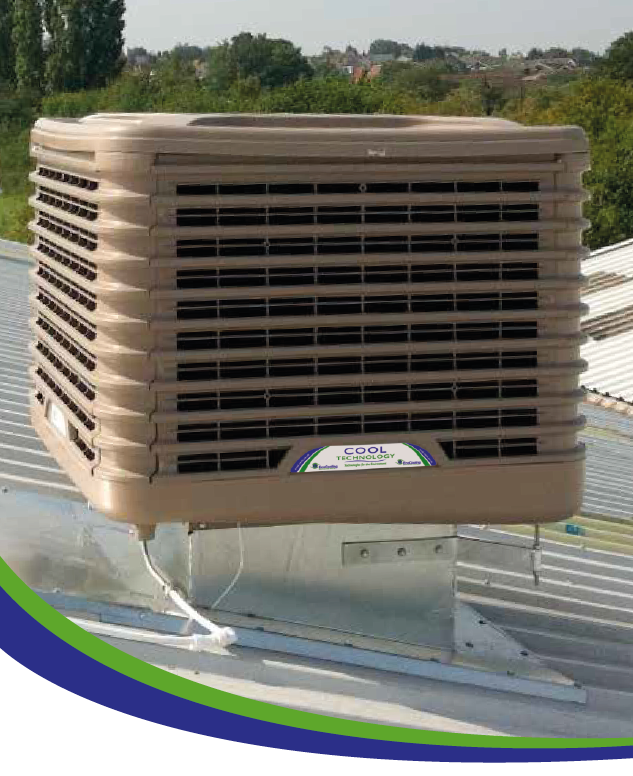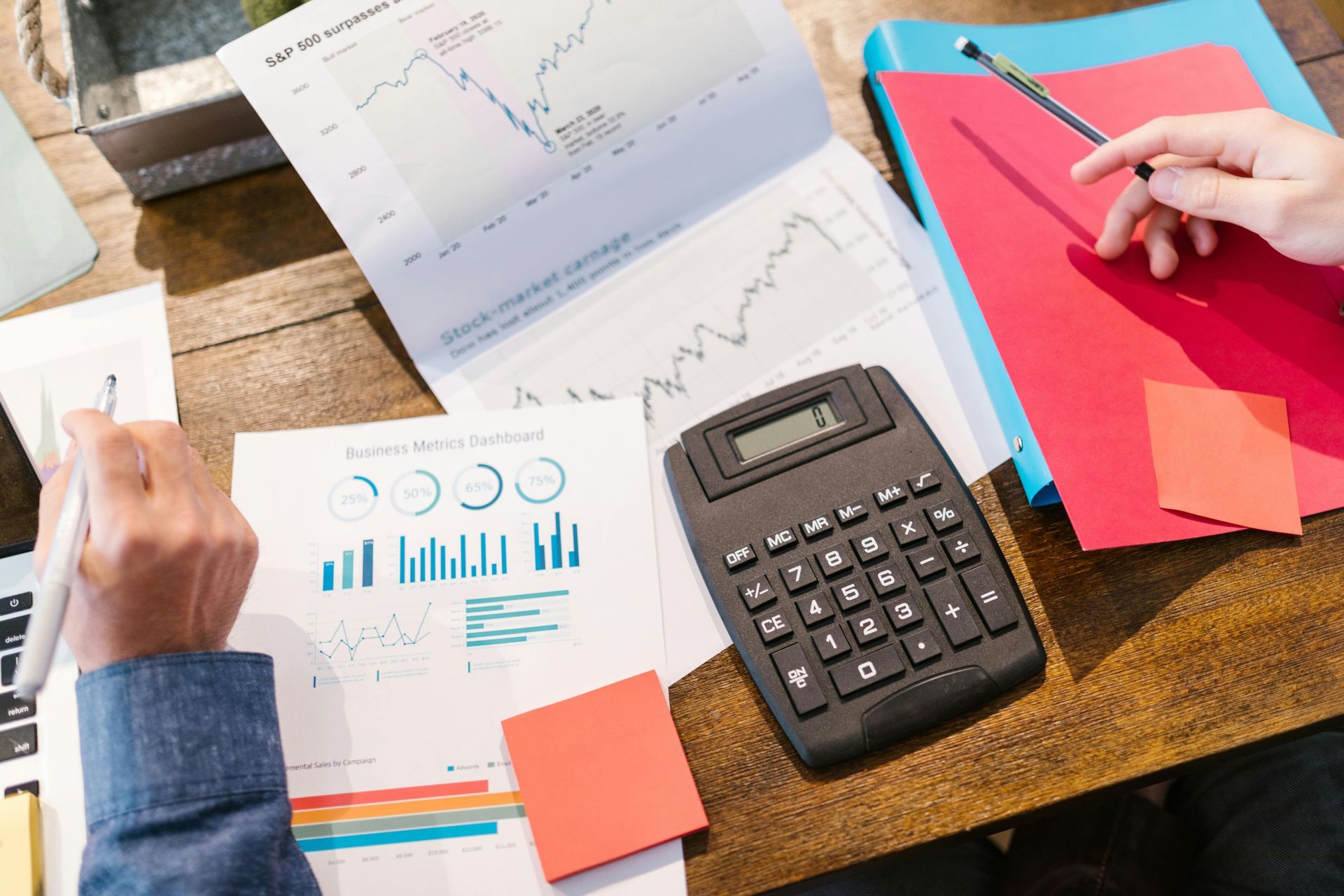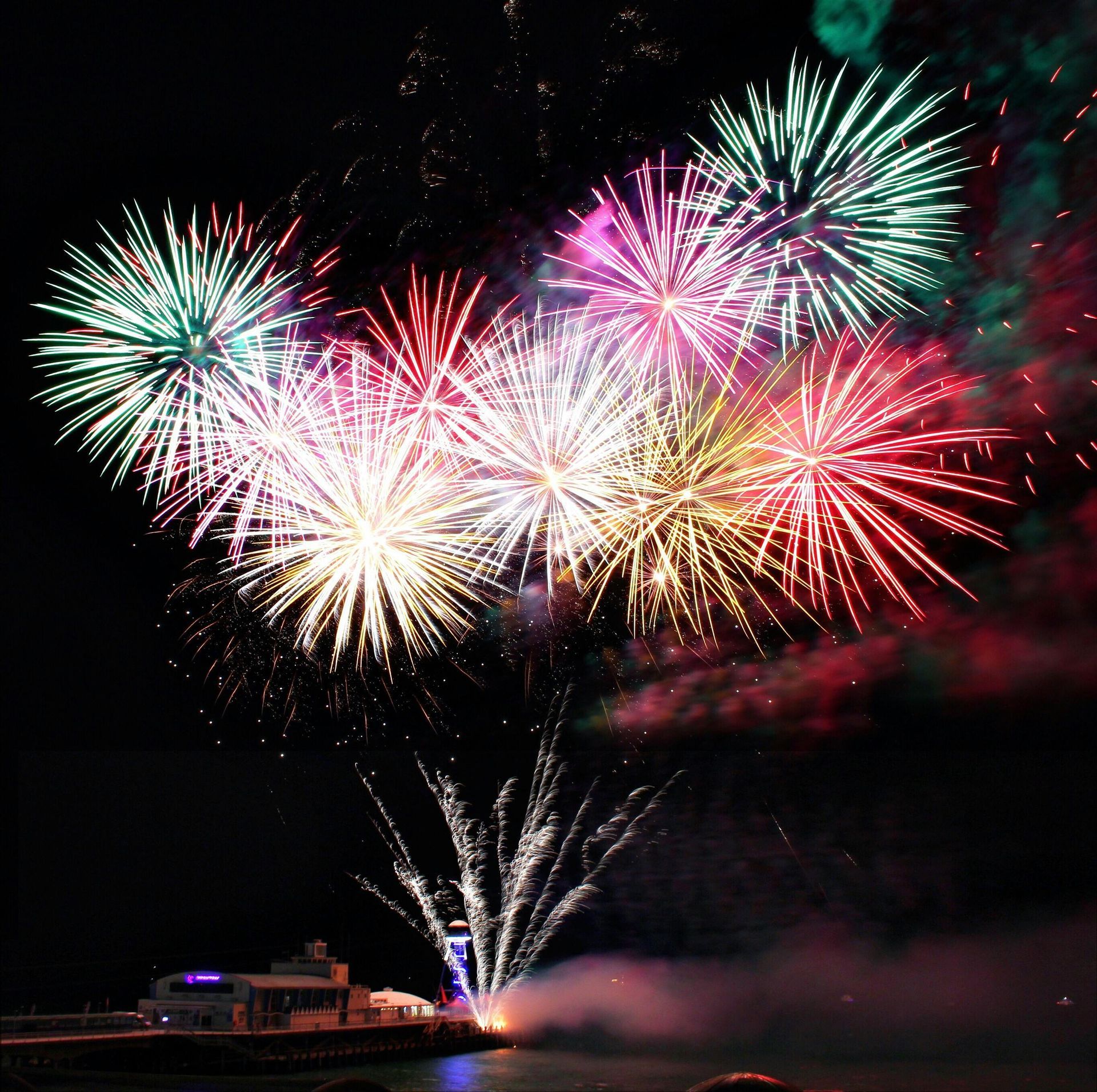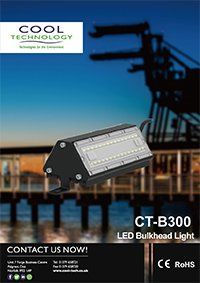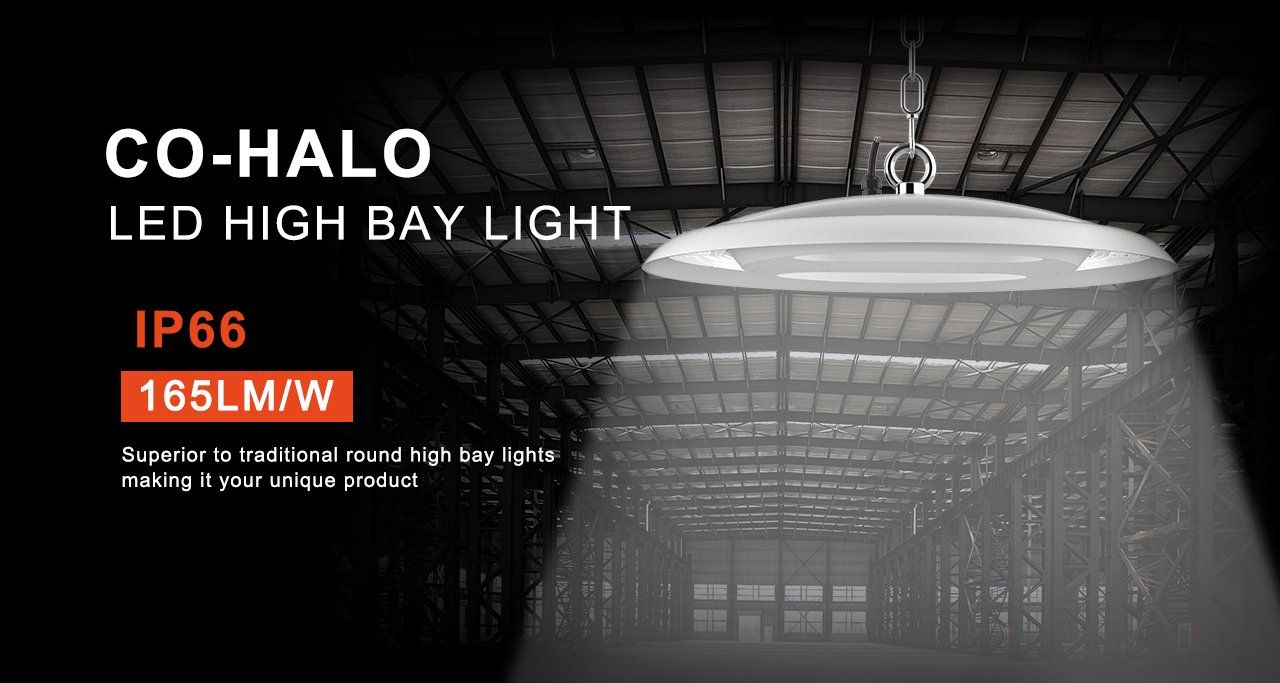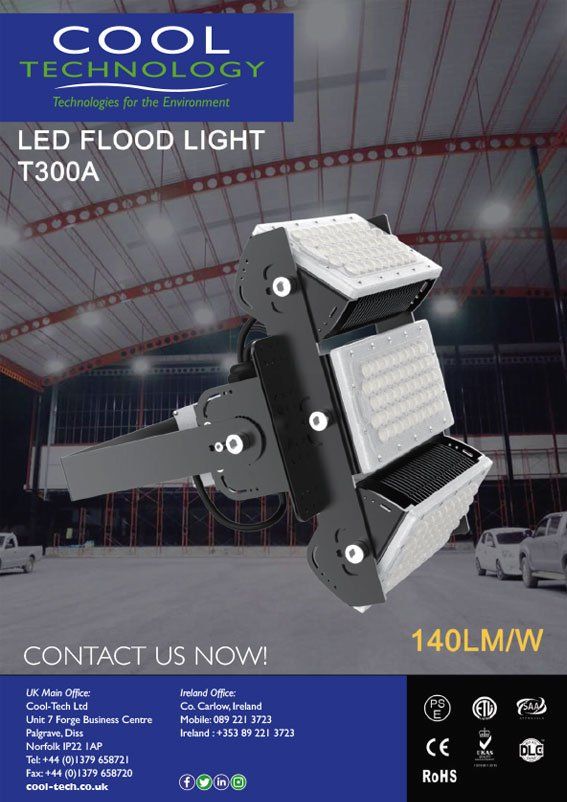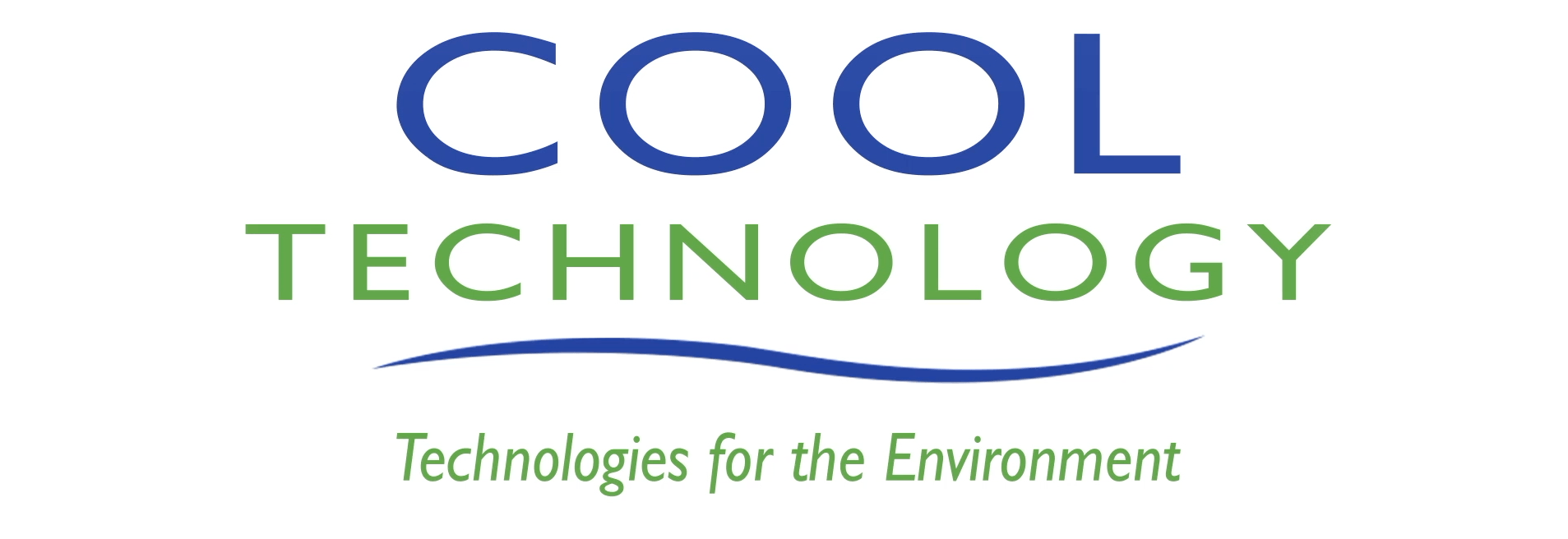The magic of evaporative tech – perfectly natural passive cooling
“Passive cooling offers a way out of the vicious cycle we are currently stuck in with air conditioning: using a technology to keep cool that actually contributes to heating the world up.” Alisdair McGregor, global leader for mechanical engineering, Arup.
Here in the UK we’re only just getting used to the fact that these days, we need to design buildings to keep us cool as well as warm. Sometimes there’s not a lot you can do thanks to the building’s design. Take London’s famous ‘walkie-talkie’ skyscraper, with its one huge concave side. The curved surface acted like a vast magnifying glass, focusing the sun’s rays on a few square metres of pavement outside a hairdressers and a restaurant. Things got so hot that the heat actually melted paint, blistered cars, set a doormat alight and broke tiles.
Luckily there are usually things you can do to keep things comfortable indoors. Air conditioning is one of them. On the other hand, conventional air conditioning should be a last resort, not something we rely on. It’s a bold statement but with global warming well underway it’s an important one, something we all need to consider when thinking about how to cool the buildings we work, play, shop and entertain in.
It’s good to know aircon isn’t the only cooling method in town. A passive cooling method called evaporative cooling has been used for thousands of years to chill buildings down to comfortable temperatures.
Take Italy’s hilltop villages, where summer temperatures often soar. The locals soak the pavements outside their homes and shops with buckets of cold water. As the water evaporates it cools the stone right down. Then the cooled air passing over the pavements into the buildings brings down the temperature inside. Brilliantly simple.
A clever Spanish bottle design called the botijo works on the same principle. It’s simply a large pot made from porous clay. When you fill it with cold water a small amount evaporates through the pottery, keeping the water inside cool even when it gets fiercely hot outdoors.
The Romans loved evaporative cooling, as did the Ancient Egyptians. In Arabic architecture the mashrabiya is the source of evaporative passive cooling. An ornate wooden lattice carved with complex designs, used both indoors and outdoors, it provides regular shade all year round. In summer people stand porous pots like the Spanish botijo full of water in front of the screen. When the breeze blows through the screen and over the pots, it cools the air.
Other simple ways to cool things down indoors
The Spanish idea is an excellent one, and surprisingly effective. Simply putting a porous pottery container full of cold water next to a window or in a draught has a surprisingly powerful cooling effect indoors. Create a pond, fountain or flowing water feature inside a building – for example in an atrium or reception area - and it cools things down even more.
You could mop the floor of the premises in the morning and leave it to dry naturally. The water will slowly evaporate to cool the space down. You just need to make sure it doesn’t cause a slip hazard! You can also do super-simple things like placing bowls of ice near desk fans to generate cold air. Unlike a fan on its own, which just moves hot air around, the ice actually brings down the temperature of the air circulated by the fan, cooling the entire area.
Computers, printers, laptops, photocopiers, office kitchen equipment, ordinary light bulbs and even phone chargers generate heat. Can you switch them off when they’re not being used? Can you replace regular bulbs with cool LEDs? It’s all worth thinking about when you want to keep your cooling bills down.
Windows are also handy. We all know, these days, to keep the windows closed when it’s hotter outdoors than in. But upstairs is always hotter than downstairs, heat rises, and rising heat causes a breeze. Leave one downstairs window and one upstairs window open and you’ll help cool things down by forcing the hot air upwards and out of the upstairs window.
Explore the potential of passive cooling with an expert
Evaporative cooling is a lot more effective than fans, providing a lot more cooling power than any fan could ever manage. Evaporative cooling units don’t need to be vented out of a window like air-conditioning does. The tech reduces electricity bills, swiping 90% off the running cost of ordinary aircon. It’s easy to fit and retrofit. It has a minimal impact on the climate compared to air conditioning. And all this makes passive cooling a no-brainer for future-savvy businesses wanting to maximise their bottom line.
Give us a call or send us a message, and by next summer you can be in a much better position to stay cool, keep people comfortable, keep production levels where they should be, and slash your power bills.

